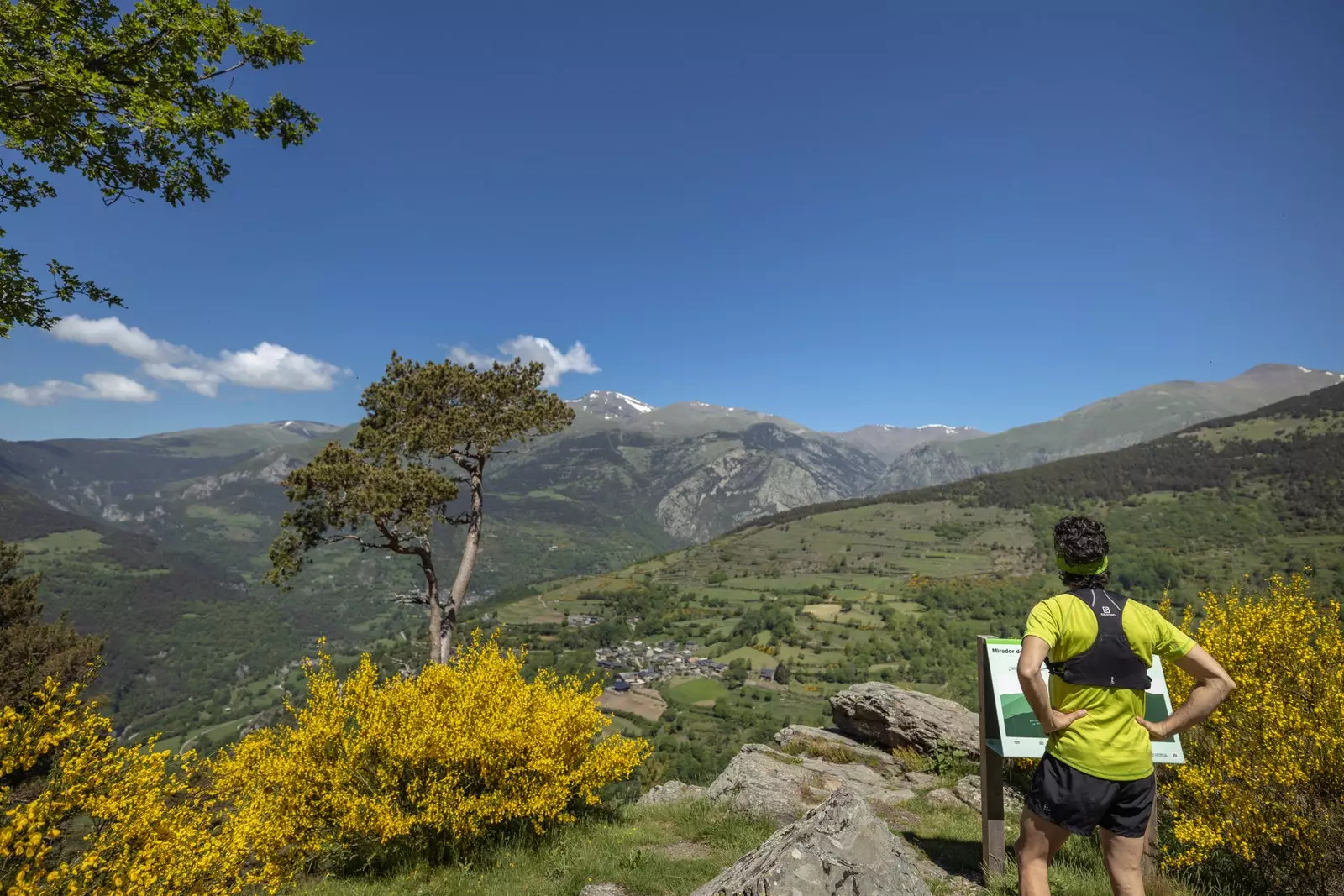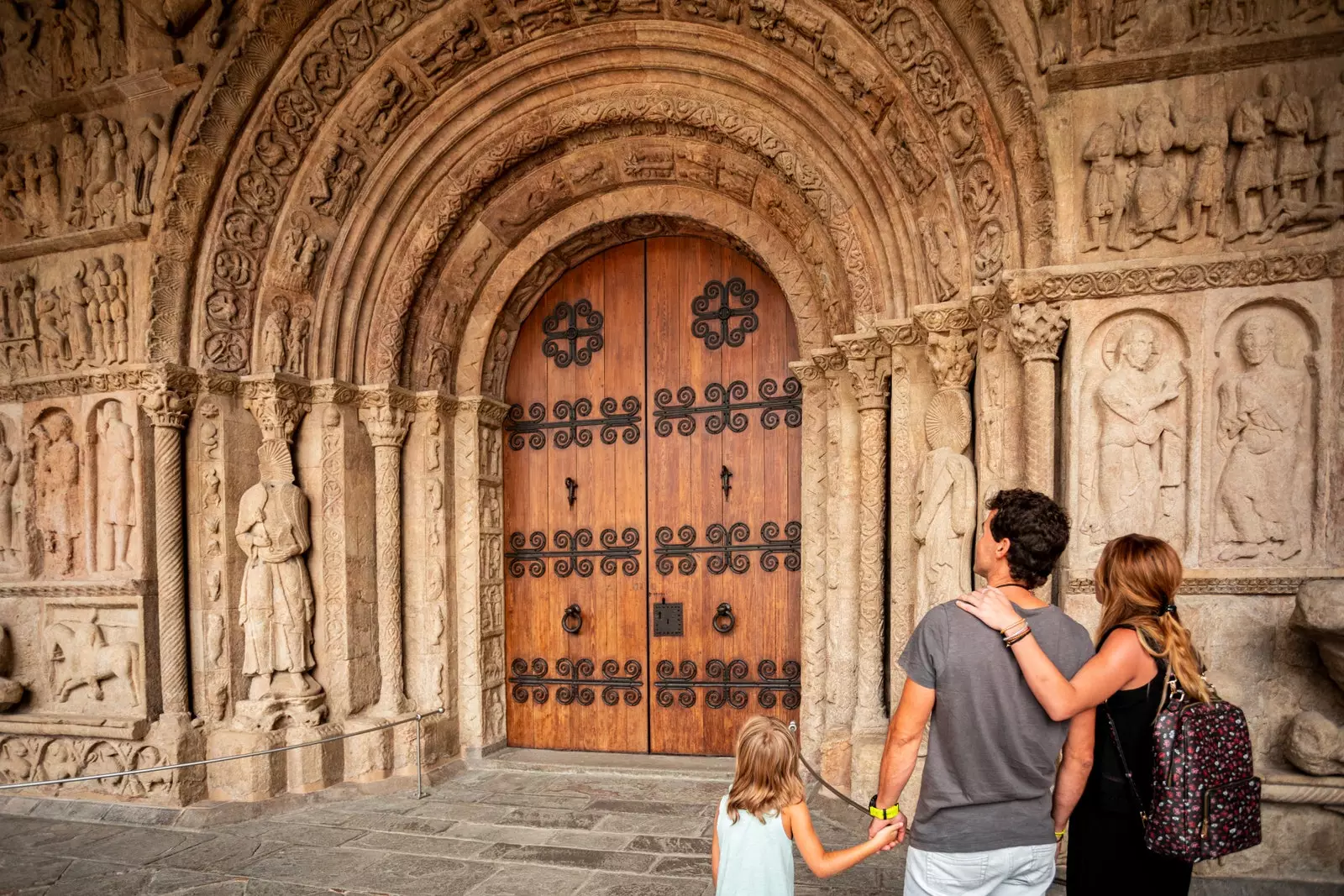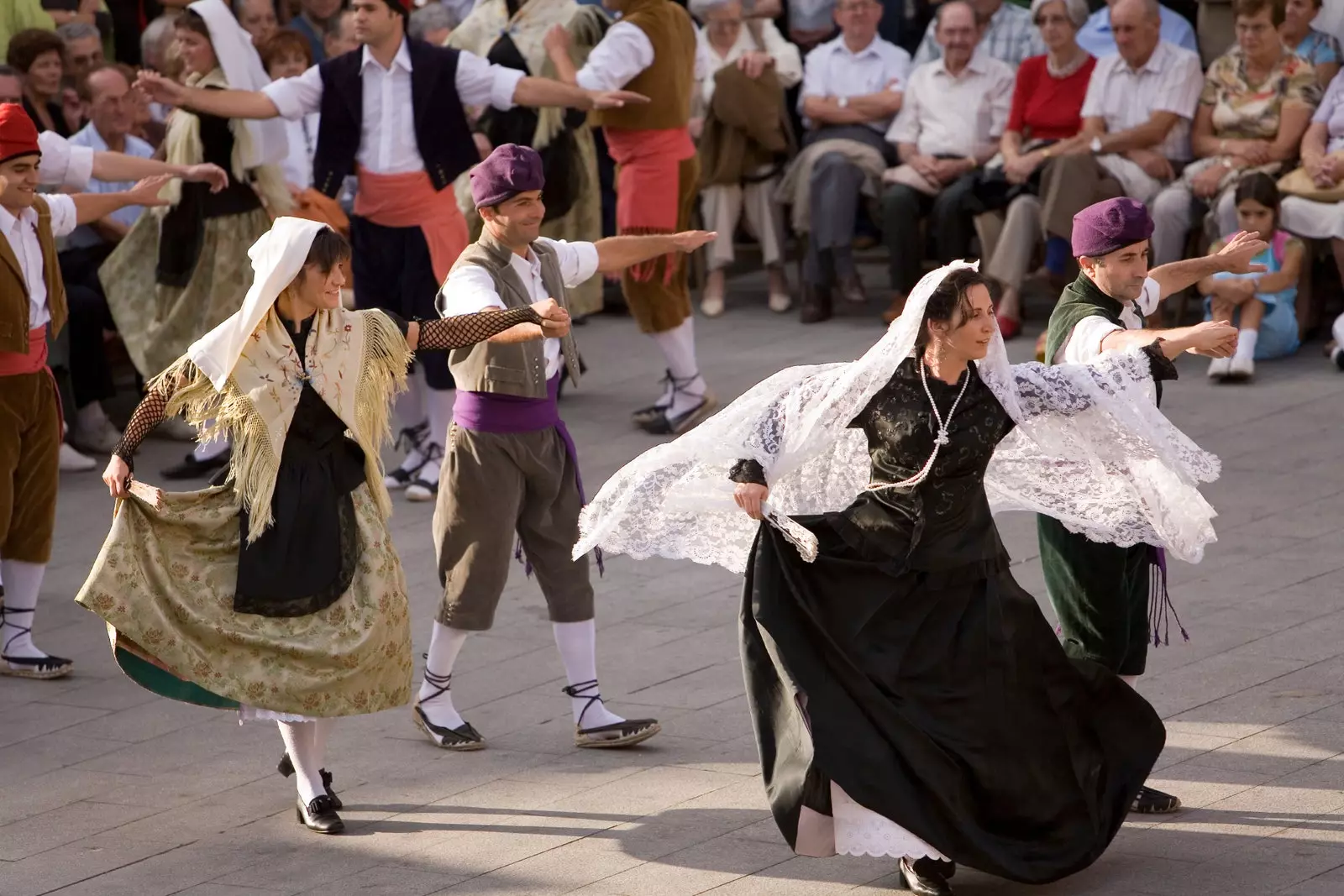They say of Ripolles which is the cradle of Catalan hiking, and we have no doubt about it. There are few counties like this one nestled in the Girona Pyrenees, with so many hiking trails for all levels, from walks suitable for children to high mountain challenges Because yes, there are also many emblematic peaks here, such as Puigmal, Bastiments or Taga. And a natural park, the one of the Ter and Freser headwaters, whose main access doors are Vall de Núria with its rack railway and Vallter.
Precisely the enclave of Núria, coveted in winter for its ski resort, is also presented as a outdoor paradise when the weather turns milder: with horse or pony routes, canoe rides on the lake or heart-stopping jumps from the zip line of its Ludic Park. We also find the Vallter Ski Resort, an ideal place in spring and summer to practice outdoor mountain activities with different routes and hiking circuits suitable for the whole family. Its privileged geographical location allows you to contemplate a unique and exceptional panorama: from elevation 2,535 m you can see the bay of Roses (Costa Brava).
SPORT IN THE RIPOLLÈS
The Ripollès is a referent of the hiking, with more than 1,000 km of paths and trails and a wide variety of routes, from family outings to ascents to emblematic peaks like the ones mentioned above. The Itinerànnia trail network links Ripollès with Garrotxa and Alt Empordà, allowing you to enjoy the landscape, nature, history and culture that you will find on your way. Through the Pyrenean part of Ripollès runs the GR 11, path that joins the Cantabrian and the Mediterranean.
Although, if what you like is pedaling, it should be remembered that its orography is perfect for bicycle excursions: with routes for all the difficulties of BTT and even crossings by stages in road cycling where you can summit in one of its mountain passes, like Vallter.
For its part, the greenway Iron and Coal Route, paved and surrounded by vegetation, it follows the old railway line and joins Ripoll with Sant Joan de les Abadesses, to remind us with its presence the important tradition of forges in Ripollès and the coal extraction work that was done in the Ogassa mines.
You can also practice other types of sports in the area, you just have to tie yourself to the ropes and undertake the via ferrata of the Roca de la Cruz de Ribes de Freser or embark on the adventure of mountaineering, canyoning or climbing. Snowshoes will have to wait until winter, as will the skiing and snowboarding at the Vallter and Vall de Núria resorts.

Pla d'Erola viewpoint in Ribes de Freser.
TANGIBLE AND INTANGIBLE HERITAGE
In Ripollès there are cataloged nearly a hundred Romanesque monuments of heritage interest, those that can be visited in the purest traditional style, but also virtually, since 22 of them have 360º 3D virtual visits to discover your interior in a much more experiential way.
They positioned the region as one of the most important cultural centers of medieval Europe Santa Maria de Ripoll and its cover candidate to be declared a World Heritage Site by UNESCO, and the monastery of Sant Joan de les Abadesses and its Romanesque sculptural group of the Holy Mystery, which represents the descent of Jesus from the cross. Also worthy of attention is the monastery of Sant Pere de Camprodón, which became a subsidiary of Cluny until the fifteenth century.

Cover of the Monastery of Santa Maria de Ripoll.
MUSEUMS AND EXHIBITIONS
El Ripollès is a land of legends and traditions rooted in the history of the region. Something that is evident in its many exhibitions and cultural institutions, such as the Ripoll Ethnographic Museum, which allows you to learn about the local history, customs and traditions. Its heritage fund, both tangible and intangible, is representative of Ripollès and the Girona Pyrenees and has collections related to shepherds, the peasantry, popular religiosity, the wrought iron and the Catalan forge and the portable firearms from Ripolles.
They also highlight the Ogassa Mining Museum, where to approach the industrial heritage linked to coal mining operations, the Molí Gros de Campdevànol, which revalues the entire legacy of iron, and the Isaac Albéniz Museum, which recreates the atmosphere that was part of the author's life.
In Ripollès, most of the festivities commemorate events linked to history, religion and work. In each town they have their own party, in which the most genuine acts and other celebrations can be experienced.

Campdevànol Gala Dance.
VILLAGES OF RIPOLLÈS
Narrow alleys, stone houses with slate roofs, original wooden elements... make up the image of the high mountain villages of Ripollès, like the picturesque Setcases and Dòrria. The tiny Beget preserves its essence intact -which is why it has been included in the list of the most beautiful in Spain-, as well as essential works of Catalan Romanesque sculpture in its church of Sant Cristòfol.
Pardines is a town with a strong Pyrenean character located within the Cabeceras del Ter y del Freser Natural Park. The medieval center of Vallfogona de Ripollès, surrounded by forests, landscapes and paths, It boasts of old houses that still preserve centuries-old thresholds and balconies. And in the church of Sant Víctor de Dòrria –declared a cultural asset of national interest due to its beauty– are preserved Romanesque paintings from the 12th century; and in Roca de Villalonga de Ter, the chapel of La Piedad.
Also historic paths run through the region such as the Roman road of Capsacosta, the Camino Oliba, the Camino de Santiago or the Camino de la Retirada, a reminder of the exodus in France during the Civil War.
